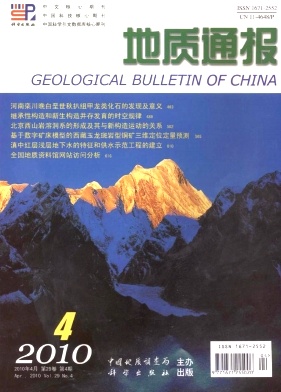ZHANG Bao-jian1, XU Jun-xiang2, MA Zhen-min3, SHEN Zhao-li1, QI Lin4. Analysis on groundwater supply sources using hydrogen and oxygen isotope data—a case study of Yanggu-Qihe salient, northwestern Shandong, China[J]. Geological Bulletin of China, 2010, 29(04): 603-609.
| Citation: |
ZHANG Bao-jian1, XU Jun-xiang2, MA Zhen-min3, SHEN Zhao-li1, QI Lin4. Analysis on groundwater supply sources using hydrogen and oxygen isotope data—a case study of Yanggu-Qihe salient, northwestern Shandong, China[J]. Geological Bulletin of China, 2010, 29(04): 603-609.
|
Analysis on groundwater supply sources using hydrogen and oxygen isotope data—a case study of Yanggu-Qihe salient, northwestern Shandong, China
-
1. China University of Geosciences, Beijing 100083, China;2. Shandong Bureau of Geology and Mineral Resource, Ji′nan 250013, Shandong, China;3. School of City Development,University of Ji′nan,Ji′nan 250002, Shandong,China;4. China Institute of Water Resources and Hydropower Research, Beijing 100044, China
-
Abstract
Based on analyzing the chemical composition, isotope, terrestrial heat and geological condition, this paper studied supply sources of ground hot water in this area. The δD is -65 ‰ to -80.67 ‰ and the δ18O is -9.2 ‰ to -10.2 ‰, both are located in the vicinity of the global rainfall line indicating the main cause of ground water in the area is atmospheric precipitation. Northern Ji'nan geothermal field ground hot water supply elevation is 256m, which is roughly equivalent to the mountains south of Ji'nan and the northern foot of Taishan mountain; while geothermal field ground hot water supply elevation in the east of Liaocheng is 411m, which is roughly equivalent to Taishan mountain and its surrounding mountains. Excess parameter of deuterium(d) of geothermal field ground hot water in the east of Liaocheng was significantly lower than that of geothermal field in the north of Ji'nan. It indicates that geothermal field ground hot water supply area in the east of Liaocheng is farther than the latter one.
-

-
-
Access History







 DownLoad:
DownLoad: